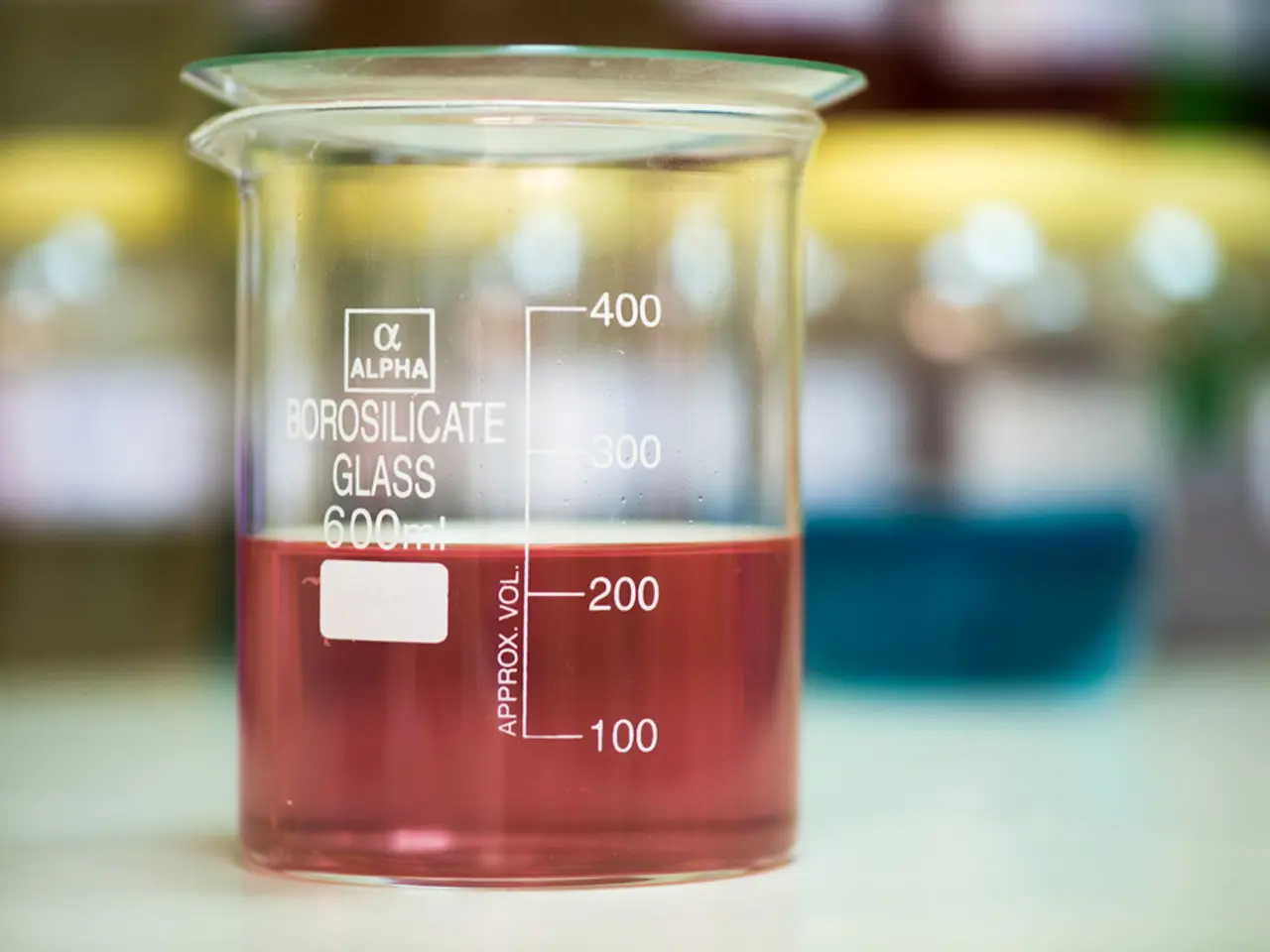New HPTLS Tech Revolutionizes PS80 Analysis in Biopharmaceuticals
A new technology, High-Precision Tunable Laser Spectroscopy (HPTLS), is revolutionizing the analysis of polysorbate 80 (PS80) in biopharmaceutical formulations. This non-ionic surfactant, crucial for protein stability and aggregation reduction, has been challenging to quantify accurately, particularly at low concentrations. HPTLS offers a faster, more accessible alternative to conventional methods like HPLC.
PS80, widely used in monoclonal antibody formulations, is typically present at low concentrations (0.1 to 1 mg/mL). Its detection and quantification have been difficult with conventional techniques due to these low levels. HPTLS, a next-generation near-infrared (NIR) spectroscopy, overcomes this challenge. It provides rapid analysis in under three minutes, requiring only microliter volumes and no extraction steps or external calibrations.
HPTLS focuses on the combination band region (2100-2400 nm) of the electromagnetic spectrum. This offers greater spectral specificity and enhanced quantitative performance in complex biopharmaceutical matrices, including the presence of sugars, buffers, and proteins. It demonstrates robust capability for measuring PS80 without matrix-specific calibration, making it a powerful tool for formulation optimization and regulatory compliance.
Accurate quantitation of PS80 is vital for formulation optimization, aggregation prevention, product quality and safety, and regulatory compliance. HPTLS empowers scientists to monitor excipient levels more frequently, confidently, and cost-effectively. It offers advantages over HPLC such as reduced analysis time, lower operational costs, and real-time monitoring capabilities. As regulatory agencies expect appropriate characterization and monitoring of surfactants throughout the product lifecycle, HPTLS is set to become an invaluable tool in biopharmaceutical development and quality control.





